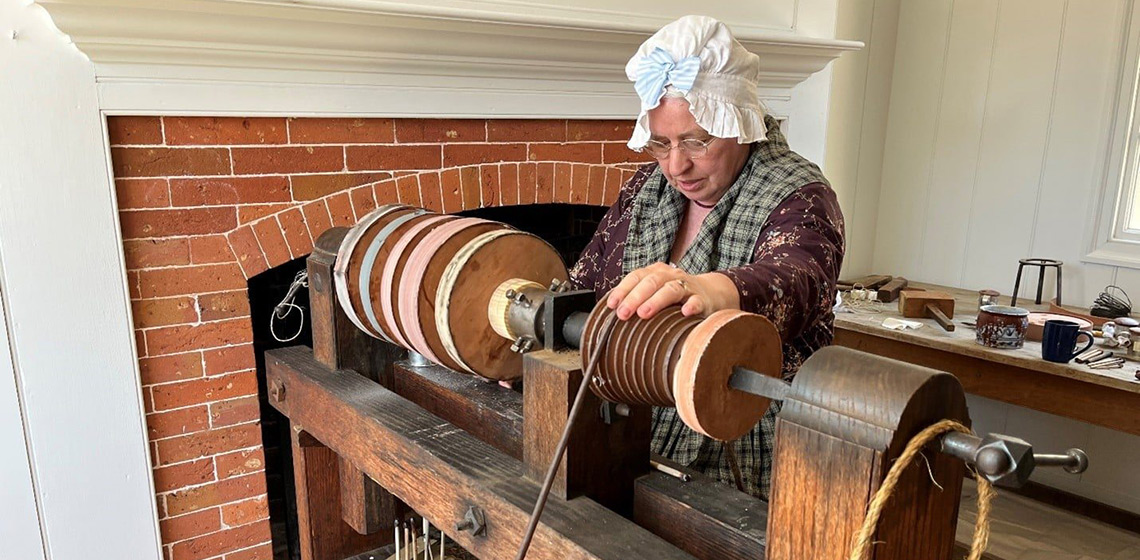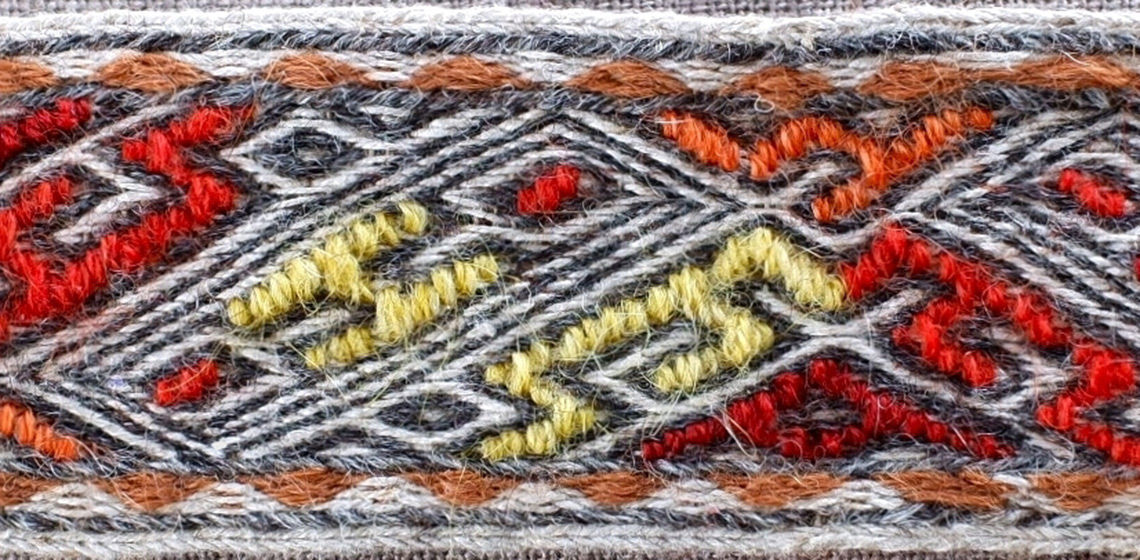“Cuts Stones of all Sorts, In the Best Manner…”: Experiments in 18th Century lapidary work in America
Introduction
Colonial Williamsburg is unique among open-air museums. It encompasses 70 hectares (173 acres), where there are no barriers, except for motorised vehicles. Visitors can walk along the streets and visit shops, although an admission ticket is needed to enter workshops and interpretive centres. People working at Colonial Williamsburg are dressed in period costumes and are well versed in both history, the crafts they demonstrate, and in explaining them to the public.















